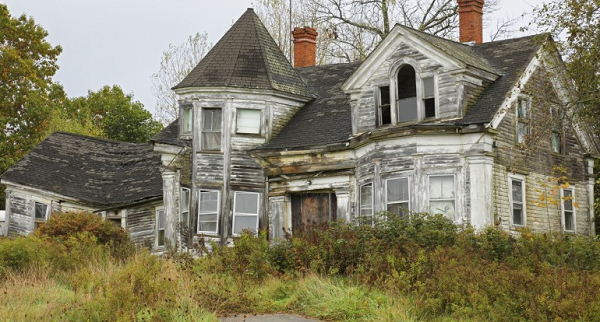Old buildings can become an eyesore. What once was a beautiful structure has since become somewhat of a burden. So, what do you do with it? Demolishing old buildings comes with both advantages and disadvantages, and to help you decide if tearing down an old building is your best option, we’re going to lay it all out for you.
What makes an old building “historic?”
First and foremost, a distinction should be made between “old buildings” and “historic buildings,” because they are not always one in the same. An old building is just that: an old building. How old? Well, that’s relative to who you’re asking.
A historic building, on the other hand, is an old building deemed worthy of preservation for its historical significance by the National Register of Historic Places (NRHP).
Generally speaking, a historic building is at least 50 years old, but it’s also significant to the community, state, or country in some way, shape, or form.
To become listed as a “historic building,” private individuals/organizations, local governments, and American Indian tribes seeking to protect the property are generally the ones who get the ball rolling.
Determining which buildings qualify as “historic” requires research from NRHP.
With that said, being listed does not necessarily protect a building from being demolished, but cities around the country are actively working to minimize demolitions of homes on the NRHP register.

Advantages to Demolishing an Old Building
Demolishing a property of historic value can be a difficult decision to make, but sometimes it's the right choice when the situation warrants it:
- When the building is a threat to the public, removing it increases safety and property values.
If a historic building is a fire hazard, contains asbestos, or is causing other issues, then removing it is in the public’s best interest. In a situation like this, obtaining approval from the city for its demolition shouldn’t be too challenging.
Removing a property that is dangerous or otherwise tough to look at can actually increase the value of the properties around it.
After all, no one wants to live next door to a building that is dangerous or tough to look at.
When the land could be used beneficially, removing the building would make way for that.
Demolishing an old building or a structure of historic value is also advantageous if the land could be used in a way that is more beneficial to the community. This could range from a local park to a community garden, or a new house.
If the building is inoperable and could be replaced by another, more useful building or space, then your city may be willing to approve your demolition and grant you a permit.
Disadvantages to Demolishing an Old Building
When the building is redeemable, you’re demolishing a piece of history.
A lot of people believe that demolishing a property of historic significance is just plain wrong and akin to destroying a piece of history. After all, once it’s gone, it’s gone forever.
If a historic property can be restored, redeeming it is almost always preferable to demolishing it and rebuilding.
Once restored, a historic property can be used in a new way that benefits and enriches the community, like as a museum, wedding venue, local attraction, etc.
When others want to preserve the building, you will face a long-winded battle.
Not to mention, demolishing a historic building is arduous, and getting approval to do so can be a long-winded process that’s met with opposition from those in favour of preserving historic buildings.
If you do decide that demolishing is the best option, here at DIG IT we would love to help, get in touch for a free quote.